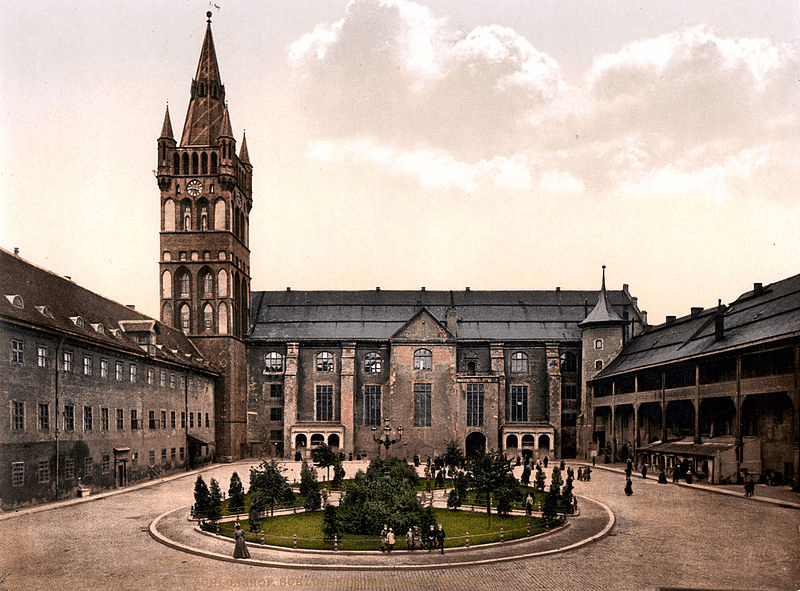Kaliningrad is the westernmost region of Russia, famous for its mild climate, beaches, and amber, of which it has 90 percent of the world’s supply. The history of this Russian exclave as such is relatively short: prior to Nazi Germany’s defeat in World War II, it was East Prussia, and as German as Hamburg or Munich.
With the end of the Third Reich and the arrival of Soviet rule, however, came also brutality and the physical destruction of a culture and people that had existed in the region since medieval times.

